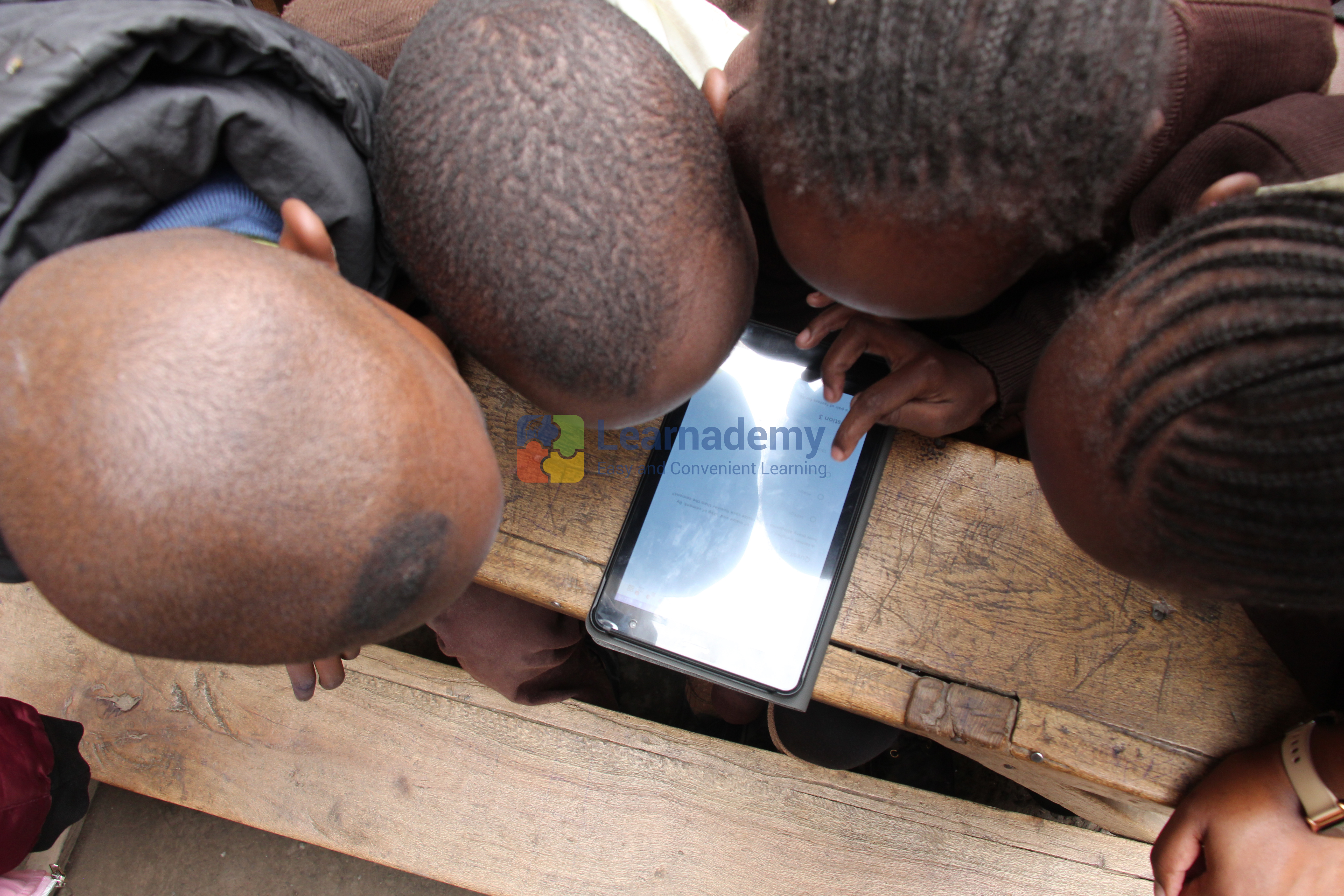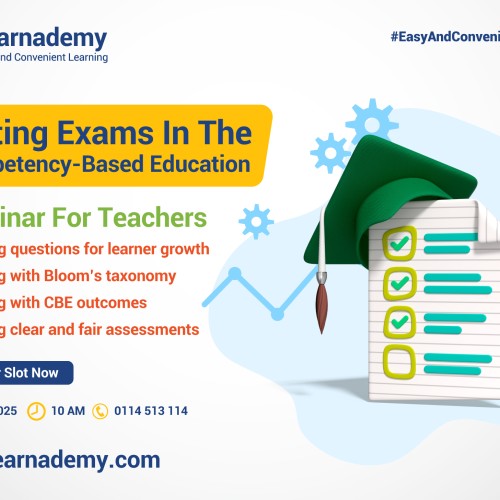-
Back
- Blog
- Browse Blogs
- Blog Post
- Get In Touch
-
Explore
- Sign up
- Login
Blog Inquiry

Gamification in Education: How Kenyan Schools Are Motivating Learners with EdTech
05 Nov 2025 TechnologyAcross Kenya, classrooms are evolving. Traditional teaching methods are increasingly complemented by gamification in education, integrating game-like elements such as points, levels, badges, and challenges to make learning interactive, engaging, and motivating. By turning study into an experience rather than a chore, gamification has become a powerful tool to support learners and educators in the Kenyan EdTech landscape.
Understanding the Challenges
Many Kenyan learners face obstacles that make studying inconsistent or frustrating. Limited access to quality learning materials, reliance on manual study methods, difficulty tracking personal performance, and restricted access to educational resources are common pain points. These challenges often lead to irregular study habits, low engagement, and missed learning opportunities, particularly during crucial revision periods.
Gamified learning addresses these issues by creating a structured, rewarding environment where learners interact with content, receive immediate feedback, and visualize their progress. By introducing game elements, revision becomes a dynamic journey that motivates learners step by step, improving understanding and performance.
How Schools Are Applying Gamification
Across Kenyan schools, gamified learning is applied in practical and impactful ways. Complex subjects are broken into manageable “levels” or modules, allowing learners to achieve incremental goals, with completed levels unlocking rewards such as badges or points. Quizzes have evolved into interactive challenges that provide instant feedback, helping learners identify strengths and areas for improvement while tracking progress.
Friendly competition through leaderboards encourages participation, while teachers can recognize top performers or improvement milestones to motivate learners further. Gamified learning also allows learners to progress at their own pace, accommodating both fast learners and those needing more time, ensuring no one is left behind. These approaches make learning more effective and enjoyable, encouraging consistent engagement and celebrating small wins along the way.
Gamification and the CBE Curriculum
Gamification naturally aligns with Kenya’s Competency-Based Education (CBE) curriculum, which emphasizes mastering skills and practical knowledge over rote memorization. By integrating game mechanics, teachers provide hands-on, interactive experiences that reinforce competency mastery. Self-marking assessments, progress dashboards, and reward systems let learners visualize skill growth in real time, which is central to CBE objectives.
Platforms like Learnademy complement this by offering curated content, interactive quizzes, and performance tracking that map directly to CBE competencies, ensuring learners engage with content and achieve measurable outcomes. This makes gamification not just engaging but curriculum-aligned and results-driven.

The Role of EdTech Platforms
EdTech platforms in Kenya are key to scaling gamification. Platforms like Learnademy provide the infrastructure, resources, and analytics that schools need to implement gamified learning effectively. With curated learning content, self-marking assessments, progress tracking, and interactive quizzes, learners can study anytime, anywhere, while teachers and parents stay informed about performance.
The convenience of digital learning platforms also addresses accessibility challenges. Learners can access materials from home, during holidays, or after school hours — ensuring continuous learning even when classroom time is limited. Platforms integrating gamification foster a sense of accomplishment and motivation often missing in traditional learning environments.
Benefits for Learners
Gamification offers Kenyan learners benefits beyond making learning fun. By turning revision into interactive challenges, learners become more engaged and motivated to participate consistently. Self-marking quizzes, progress dashboards, and achievement milestones help learners retain knowledge and understand their strengths and weaknesses, guiding them on where to focus their efforts. Gamified learning also builds confidence and a sense of ownership, as learners see tangible results from their hard work.
Combined with digital platforms like Learnademy, learners gain access to curated resources and flexible, anytime-anywhere study options, making education more inclusive and accessible, even for those in remote areas or with limited resources. This approach represents the next generation of Kenya EdTech solutions and demonstrates how gamified learning in Kenya can enhance both engagement and learning outcomes.
Addressing Challenges
While gamification is highly effective, implementation requires careful planning. Schools must ensure competition is healthy so all learners feel encouraged, not discouraged. Teacher training is essential for effectively integrating gamification with curriculum goals, and infrastructure such as internet connectivity and device access must be considered. Content should remain relevant and meaningful, ensuring learners gain real educational value, not just participate in game-like activities.









